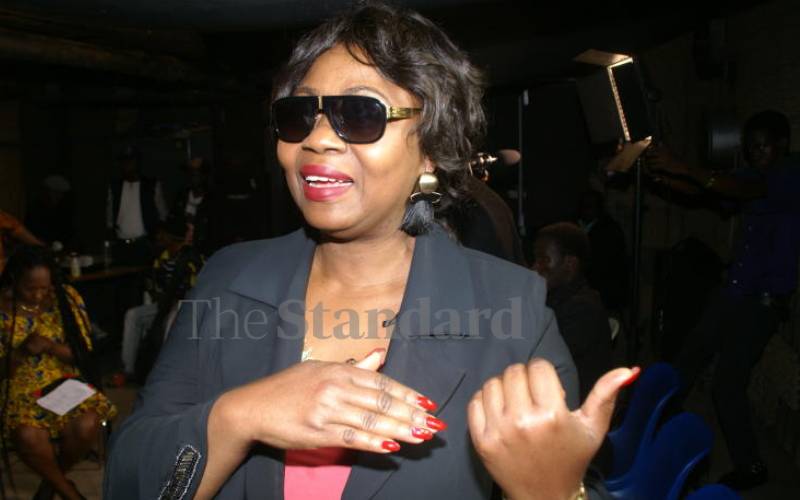×
The Standard e-Paper
Read Offline Anywhere

Songbird Faya Tess, Labour Day celebrations, Nairobi, 2019. [George Orido, Standard]
Last week came with good news for Africa as Congolese rumba music won Unesco protected status.